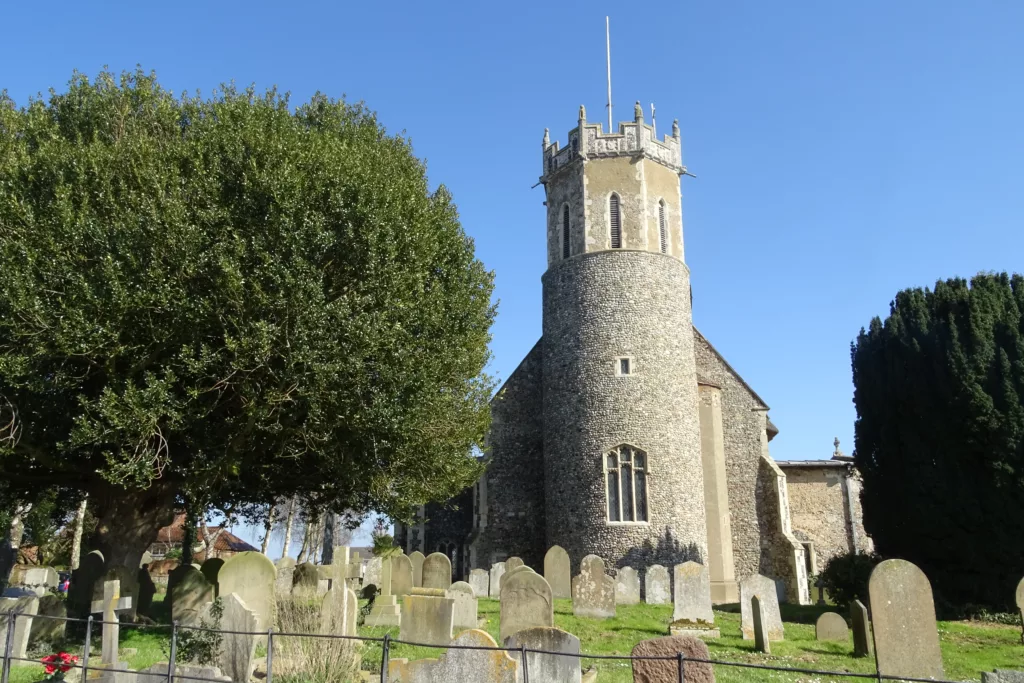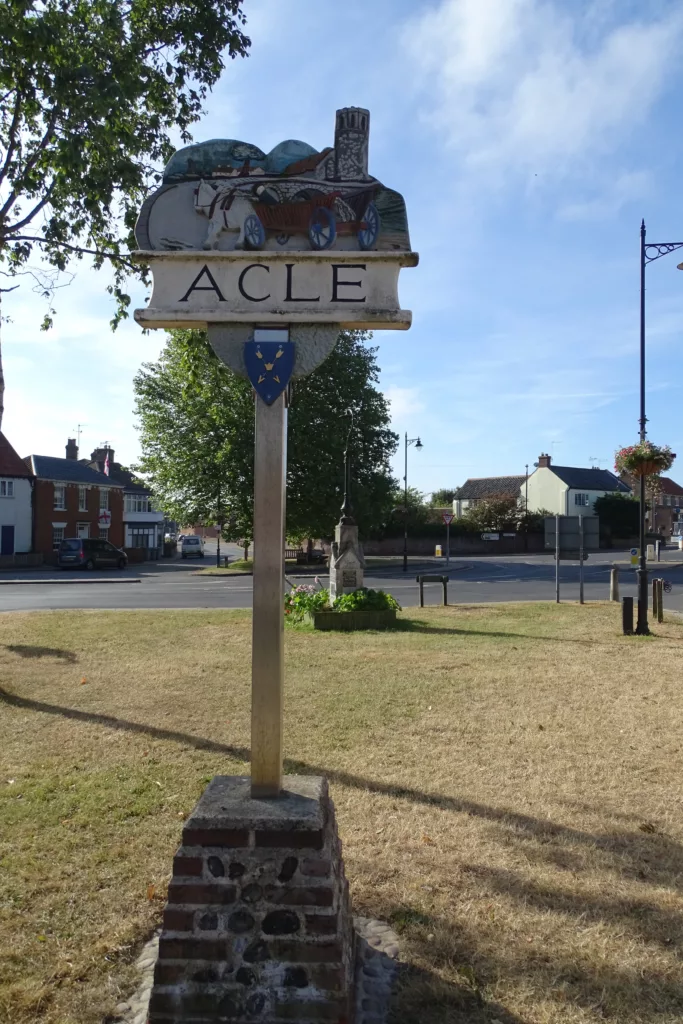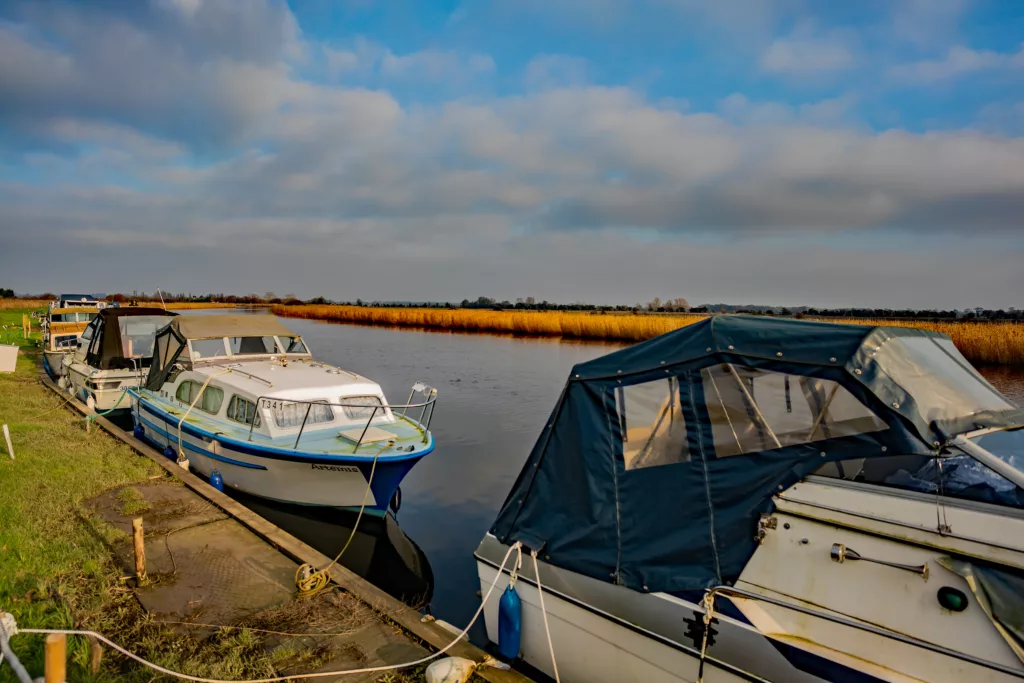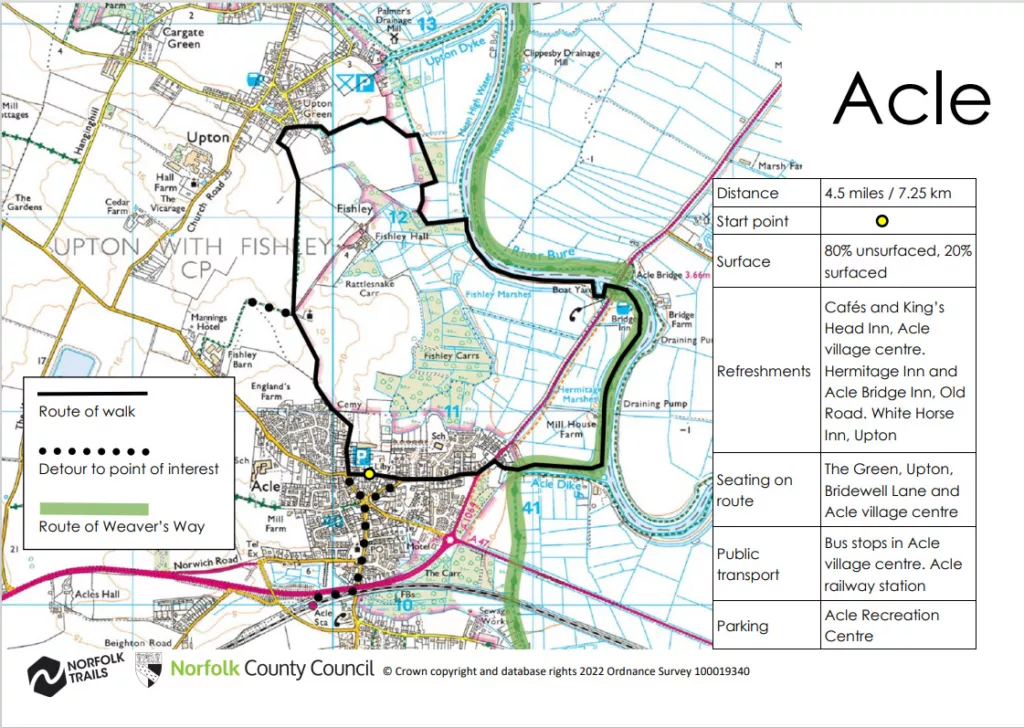The Norfolk Broads: one of Britain’s most beautiful holiday destinations! Riverside pubs, birdsong, jolly sailors and er…machine guns? Don’t worry! That was a long time ago, in the tense days of WW2. Discover the hidden history of home defence on this circular walk at Acle, ‘the Gateway to the Broads’.
After the evacuation of the British Expeditionary Force from Dunkirk in 1940, a German invasion of Britain seemed inevitable. If enemy troops had invaded through the port at Great Yarmouth, 8 miles east, natural barriers of rivers and marshland would have funnelled forces inland toward Acle. Numerous pillboxes and other defences were constructed around the village outskirts. The Broads Flotilla, headquartered in Wroxham, had a sub-base at Acle Bridge, which had detonation chambers installed, ready to blow it up in case of invasion. This special aquatic unit patrolled the waterways in motorboats armed with Lewis machine guns.
The trail combines a riverside path with a walk across fields and marshy woodland, visiting several wartime defence sites, passing three Type 22 pillboxes. Three concrete pedestals for spigot mortars remain either side of Acle Bridge, one in the beer garden of the Acle Bridge Inn. The River Bure itself was a natural anti-tank barrier and at the Manor House in the centre of Acle there’s a rare, disguised pillbox on its gable end.
Most wartime defences are gone now. Those that remain provide a glimpse into the time Britain was ready to ‘fight in the fields and in the streets’.



